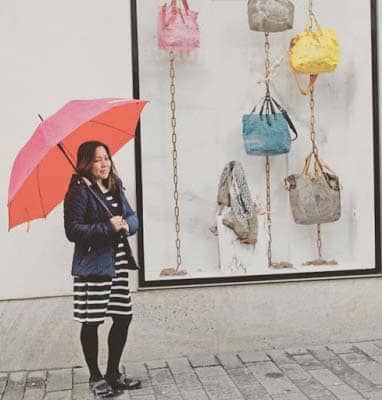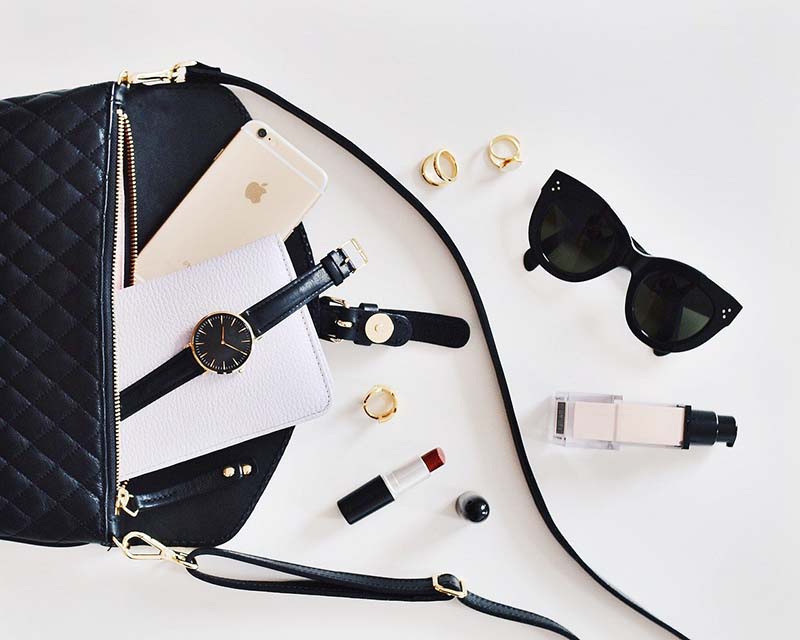 The COVID-19 pandemic brought unprecedented changes to our daily lives, including the necessity of wearing medicinal masks to curb the virus’s spread. This health measure soon transcended its utilitarian roots, becoming a unique fashion trend. Here’s a look back at how medicinal masks evolved into a significant part of our style and fashion during the pandemic.
The COVID-19 pandemic brought unprecedented changes to our daily lives, including the necessity of wearing medicinal masks to curb the virus’s spread. This health measure soon transcended its utilitarian roots, becoming a unique fashion trend. Here’s a look back at how medicinal masks evolved into a significant part of our style and fashion during the pandemic.
Table of Contents
The Initial Surge: Function Over Form
When the pandemic first hit, the primary concern was health and safety. The sudden and urgent need for personal protective equipment (PPE) led to a global shortage of masks, with many people resorting to makeshift solutions, even DIY ones. Early on, masks were predominantly functional, with blue surgical masks and N95 respirators becoming ubiquitous. People wore whatever they could get their hands on, prioritizing protection over aesthetics.

The Shift to Personalized Masks
As the pandemic wore on, the prolonged nature of mask-wearing led to a shift. People began seeking masks that not only provided safety but also allowed for personal expression. Enterprising designers and DIY enthusiasts started creating masks from various fabrics, patterns, and colors. Masks featuring everything from floral prints to bold graphics became common. Etsy and other online marketplaces saw a boom in sales of handmade, custom masks.
High Fashion Embraces Masks
The fashion industry quickly took note of this new accessory. Major fashion houses and designers began to incorporate masks into their collections. Brands like Louis Vuitton, Gucci, and Off-White released their versions of stylish masks, often priced as luxury items. Runways and virtual fashion shows featured models wearing coordinated outfits and masks, signaling that masks were not just a health necessity but also a chic accessory.
 Cultural and Social Statements
Cultural and Social Statements
Masks also became a medium for cultural and social statements. People wore masks that supported political causes, celebrated cultural heritage, or displayed solidarity with movements such as Black Lives Matter. Masks featuring slogans, flags, and meaningful symbols became a way for individuals to express their identity and beliefs.
The Integration of Technology
Innovation didn’t stop at aesthetics. The pandemic saw the development of masks with enhanced functionality. Masks equipped with air filters, built-in microphones for clearer communication, and even LED lights that displayed messages became popular. Tech companies and startups saw an opportunity to blend fashion with cutting-edge technology, making masks more effective and user-friendly.
Masks in the Post-Pandemic World
As vaccination rates increased and restrictions eased, the prevalence of mask-wearing decreased in many parts of the world. However, the impact on fashion remains. Masks have become an accepted accessory in many wardrobes, especially in situations where people feel the need for extra protection, such as during flu season or in crowded public spaces. The legacy of pandemic fashion is evident in the continued production of stylish, reusable masks and the normalization of their use in everyday life.
 Creativity Despite It All
Creativity Despite It All
The pandemic undeniably transformed medicinal masks from a purely functional item to a versatile fashion statement. This evolution reflects humanity’s resilience and creativity in the face of adversity. Masks became more than just a barrier against disease; they were a means of self-expression, a new category in fashion design, and a testament to how society adapts to and overcomes challenges. Looking back, pandemic fashion, especially the rise of the fashionable mask, will be remembered as a defining feature of this era.





Leave a Reply